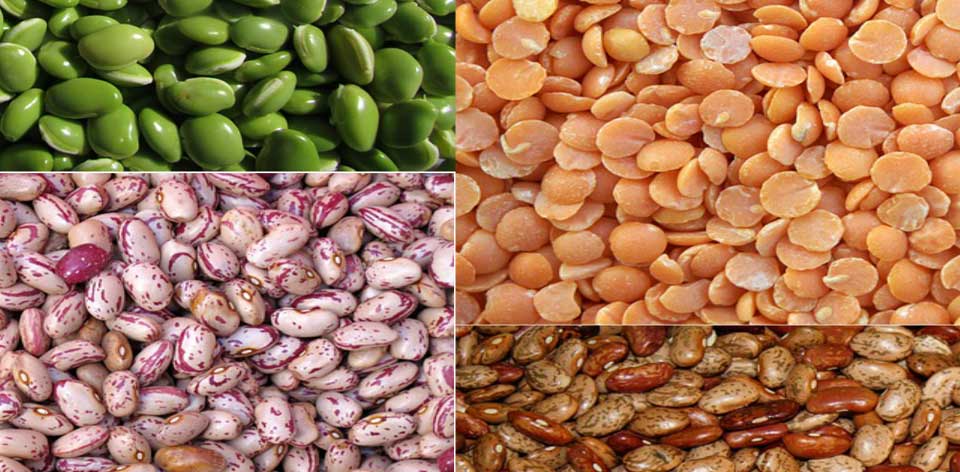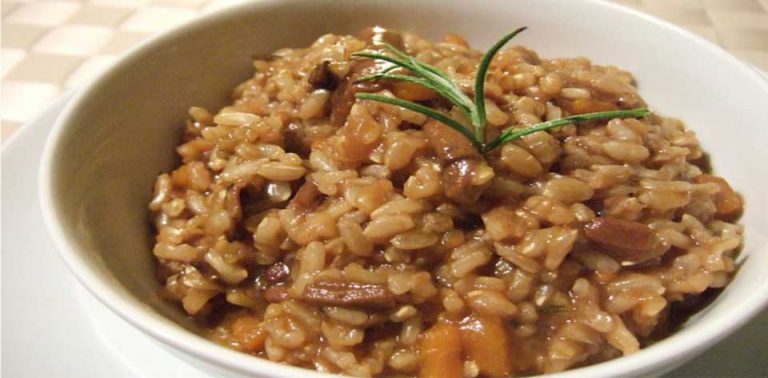The List of Mislabeled Legumes
Legumes are great sources of fat, protein and carbohydrates. Different varieties contain varying amounts of these nutrients, with beans, nuts, peas and lentils all having different nutritional profiles. While these foods are a staple of vegetarian diets, non-vegetarians also benefit from eating more legumes.
Beans
The most common varieties of legumes are beans. These include adzuki beans, black beans, soybeans, anasazi beans, fava beans, garbanzo beans (chickpeas), kidney beans and lima beans. Beans are high in protein and carbohydrates but low in fat. You can make many fast, delicious, and nutritious recipes due to the vast variety of beans.
Nuts
Certain legumes are mistakenly referred to as nuts. The most common is the peanut, with other examples including soy nuts and carob nuts. Similar to other nuts, these legumes contain high concentrations of protein, fat and carbohydrates. When eating soy or peanuts, it’s best to choose dry-roasted and unsalted varieties to avoid the high fat and sodium content of oil-roasted, salted nuts.
Peas
A number of legumes are labeled as peas, including green peas, snow peas, snap peas, split peas and black-eyed peas. Similar to beans, peas contain high concentrations of carbohydrates and protein but little fat. Most varieties have a naturally sweet flavor, which make peas a great side-dish, snack, or addition to a salad.
Lentils
Legumes that are classified as lentils are flat and round in shape but come in a variety of colors including yellow, orange, green, brown, and black. Regardless of color, their nutritional profile remains the same except for sprouted lentils whose nutritional content differs from non-sprouted lentils. Non-sprouted lentils, more commonly used in cooking, are much denser than the sprouted variety and provide larger amounts of macro-nutrients.






